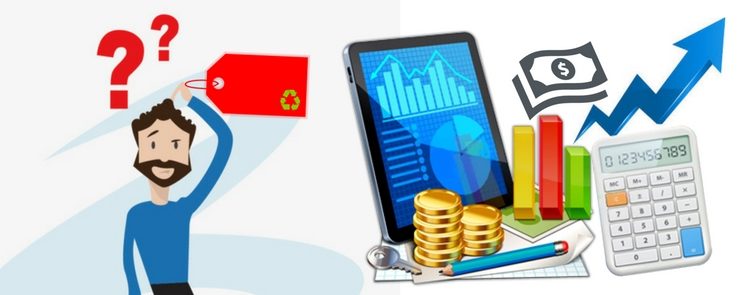
How are plastic scrap prices generated?
The market for scrap plastic can often be less than transparent. There is no set “rule” for where plastic scrap prices come from. It all depends on the shifting supply and demand of the market, the specific needs of various scrap plastic buyers, and the ability of scrap plastic sellers to meet those needs on a time-sensitive basis.
In general, here are a few pointers on how scrap plastic prices are likely to be determined, and how scrap plastic buyers and sellers can find the best prices for their needs.
- The clearer the better: Clear plastic tends to command a higher price than colored plastic, because the clear plastic is more versatile and can be more easily sorted, shredded and made into new materials. Darker plastic can cause technical problems in the sorting process.
- Pure vs. mixed bales: Most scrap plastic buyers want to buy pure bales of exactly the correct grade of plastic material, whether it’s plastic PET bottles, HDPE, or other varieties of scrap plastic. While there is a market for mixed plastic bales as well, these plastic bales tend to command a lower price because there is extra work and cost involved with sorting the plastic into the various grades of plastic.
- End users vs. plastic processors: The end users for most recycled scrap plastic are product manufacturers that use the scrap plastic to make new plastic products – whether it’s recycled plastic bottles or containers, or even more elaborate goods like park benches and furniture. Different product manufacturers will pay various prices for the plastic scrap bales depending on how much the plastic is worth to them. If a product manufacturer is having trouble getting reliable supply, they might pay more for certain varieties of plastic. If a buyer has a time-sensitive need for scrap plastic, they might pay more.
- Changes in the global economy: Scrap plastic is a commodity, just like scrap metal, recycled paper and various other post-consumer recycled goods. As emerging economies like China and India continue to grow, their manufacturers and consumers are demanding more plastic products and plastic packaging. expidoms As the global economy continues to recover from the recent recession, the supply of scrap plastic might not be able to keep up with demand.
- Oil prices: The price of oil is a major contributor to the price of scrap plastic, since plastic is made from oil. As oil becomes more expensive, recycled plastic becomes more valuable since more expensive oil makes it more costly to produce virgin plastic material. The rising price of oil, and long-term trends that indicate that oil is unlikely to become less expensive anytime soon, are driving many plastic packaging manufacturers to use less plastic in their packaging, hoping to reduce costs of shipping and storage.
What scrap plastic pricing trends are you seeing in your business? Besides price, what do your customers see as being the most important factor when making a trade?




